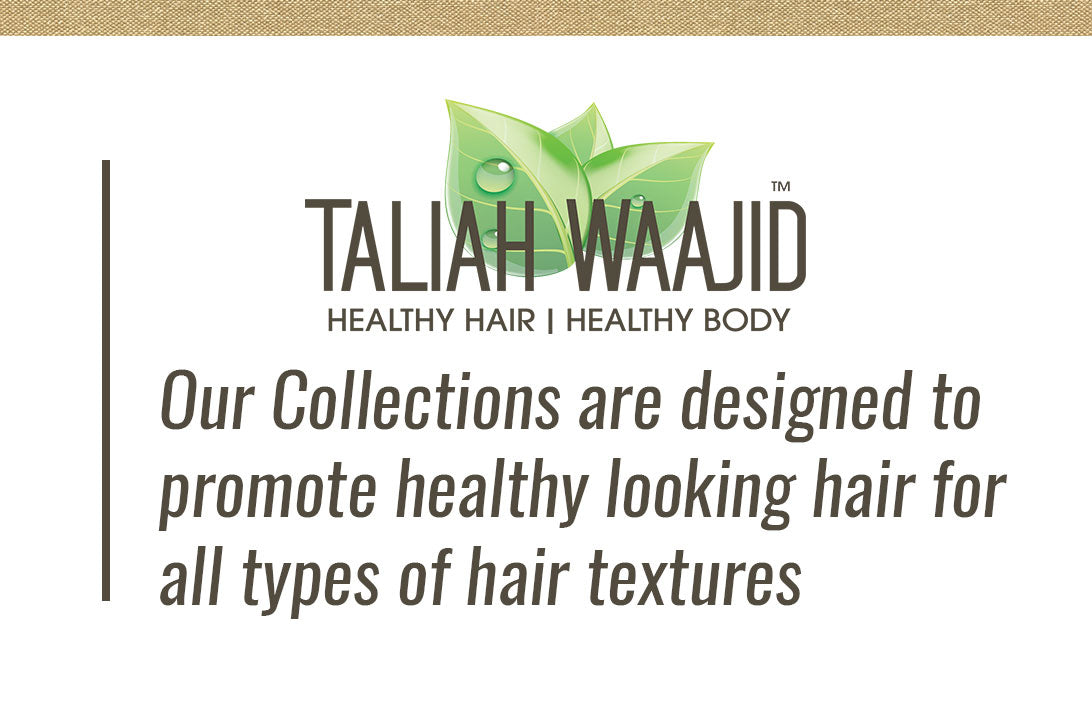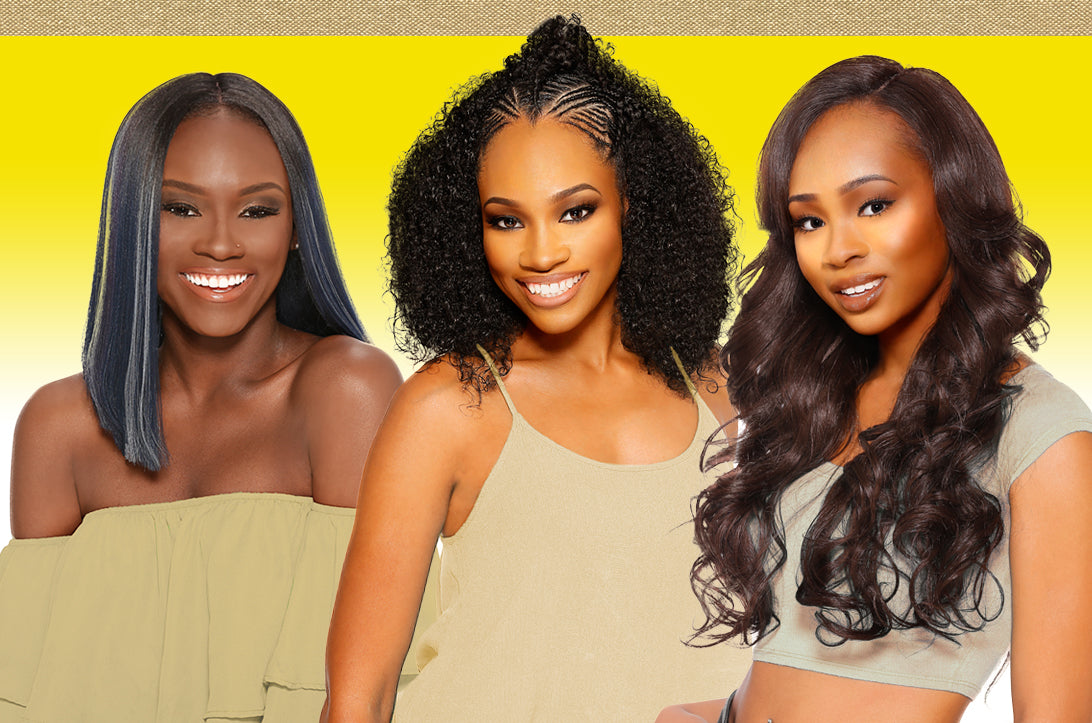As a child growing up in Harlem, I remember how everyone had relaxed hair except me. I wanted relaxed hair too but my mother would not allow it. And that’s how I came to know about natural hair; I had to teach myself how to comb, manage and style my hair in its natural state. Later on, I did relax my hair but I decided to wear my hair naturally. Natural just worked better for me. My natural hair choice was never politically motivated; it was simply a styling preference.
As a licensed Master Cosmetologist, I learned and performed all types of services for curly, coily hair including relaxed looks. When taking on new clients with relaxed hair, I often saw damage as a result of the hair being over-processed or over-relaxed. In those instances, the only way to fix the hair was to cut it or go natural and start over again. I preferred and was determined to educate my clients on the benefits of wearing chemical-free hair so that they could make an educated choice.
Hair care options based on knowledge has always been my thing. I’ve found that once my clients went natural and learned about their hair, they soon realized that they were fully empowered to make an informed decision to wear their hair natural or wear a relaxer. I can confidently say that 98% of my clients never went back to wearing a relaxer once they learned how to care for and style their hair in its natural state. For those who did opt to wear relaxers, I provided guidance on how to maintain the healthiest hair possible while wearing a relaxer.
The Truth About Relaxing and Texlaxing
The fact is that relaxers will always be around because there will always be women who choose to wear chemically-processed hair—and those women have their reasons. For example, a client of mine temporarily relocated to Las Vegas and found that keeping her locs was not sustainable in such a dry climate. Her hair was downright thirsty in the Las Vegas desert and her scalp began to suffer tremendously. She chose to relax her because it was the best option for her maintenance needs at the time. Since she’d had a relaxer before, she knew what was involved with the process and understood that she would need to go to a professional to have the relaxer properly applied in order to insure that both her scalp and hair would be in its healthiest state.
Both relaxing and texlaxing involve using a chemical relaxer to permanently relax the curl pattern. Texlaxing, although considered an alternative to relaxing, actually IS applying a chemical relaxer to natural hair for a shorter period of time to achieve a looser or wavier curl pattern. It’s important to note that since a relaxer is not a straightener, it is not meant to actually straighten the hair. So, relaxing and texlaxing are actually the same thing; they are both chemical processes to relax the natural curl pattern.
Most hair damage associated with relaxers is as a result of improper application and/or the chemicals being left on the hair for too long. Also, many women are allergic to the chemicals used in relaxers and suffer hair loss, scalp damage and other issues. It is always best to perform a patch test whenever opting to relax, texlax or texturize the hair to insure that there is no chemical reaction that can cause further damage.
Let’s face it; relaxers are chemicals. Once the hair is exposed to a relaxer for any length of time, there is always an increased risk of hair breakage and damage because chemicals weaken hair strands. That’s why I view natural hair as the best choice for hair care because it is less toxic. But if you choose to wear your hair relaxed, it is absolutely crucial to know your hair’s texture, density, strength, and porosity levels AND be able to articulate that to your hair stylist so that, together, you can make the best styling choices for the health and wellness of your hair.
Please keep in mind that with chemically-treated hair, because you’re breaking the hair’s natural bonds, it will be a challenge to preserve hair strength. Moisture is still vital. Plus, caring for different textures of new growth and chemically-treated hair to prevent breakage is extremely important.
No Matter Your Look, Protect Your Style
I launched my Protective Styles line specifically to help strengthen hair strands and prevent hair loss. Yes, the line is fabulous for protecting hair worn underneath protective styles such as braids, wigs, weaves and twists. Yes, the line is also fabulous for strengthening and protecting hair that has been chemically treated.
Whether natural, relaxed or texlaxed, Protective Styles fortifies the hair to withstand daily wear and tear; hydrates the hair to maintain elasticity and avoid breakage; and conditions and nourishes for thicker, fuller hair. At the end of the day, the health of your hair is what is most important—and that’s exactly what this line is for: giving you the healthiest hair possible for any way that wear your hair.
To learn more about the Protective Styles line, click here. And if you have any hair care questions, please email me at asktaliah@naturalhair.org.
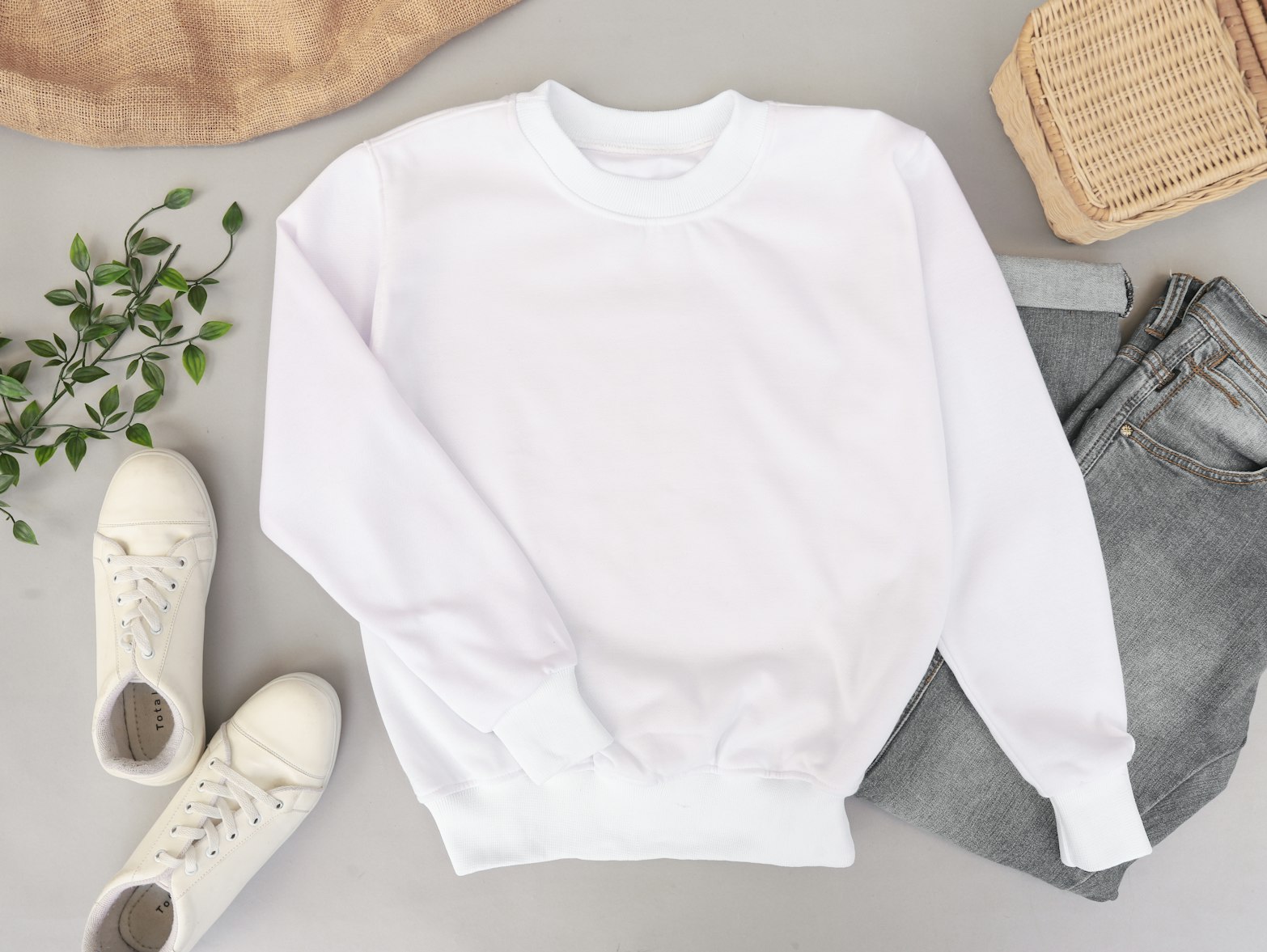
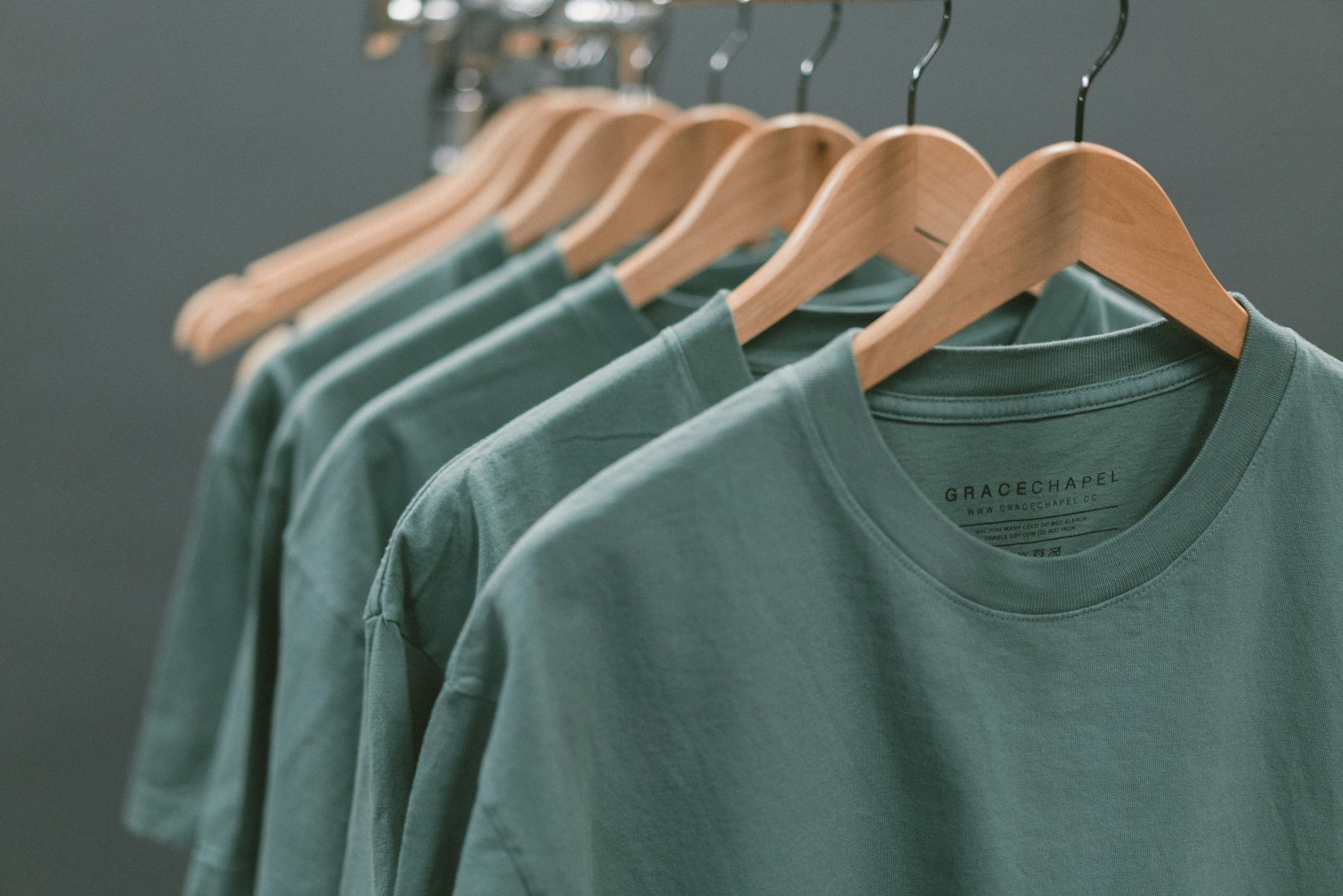
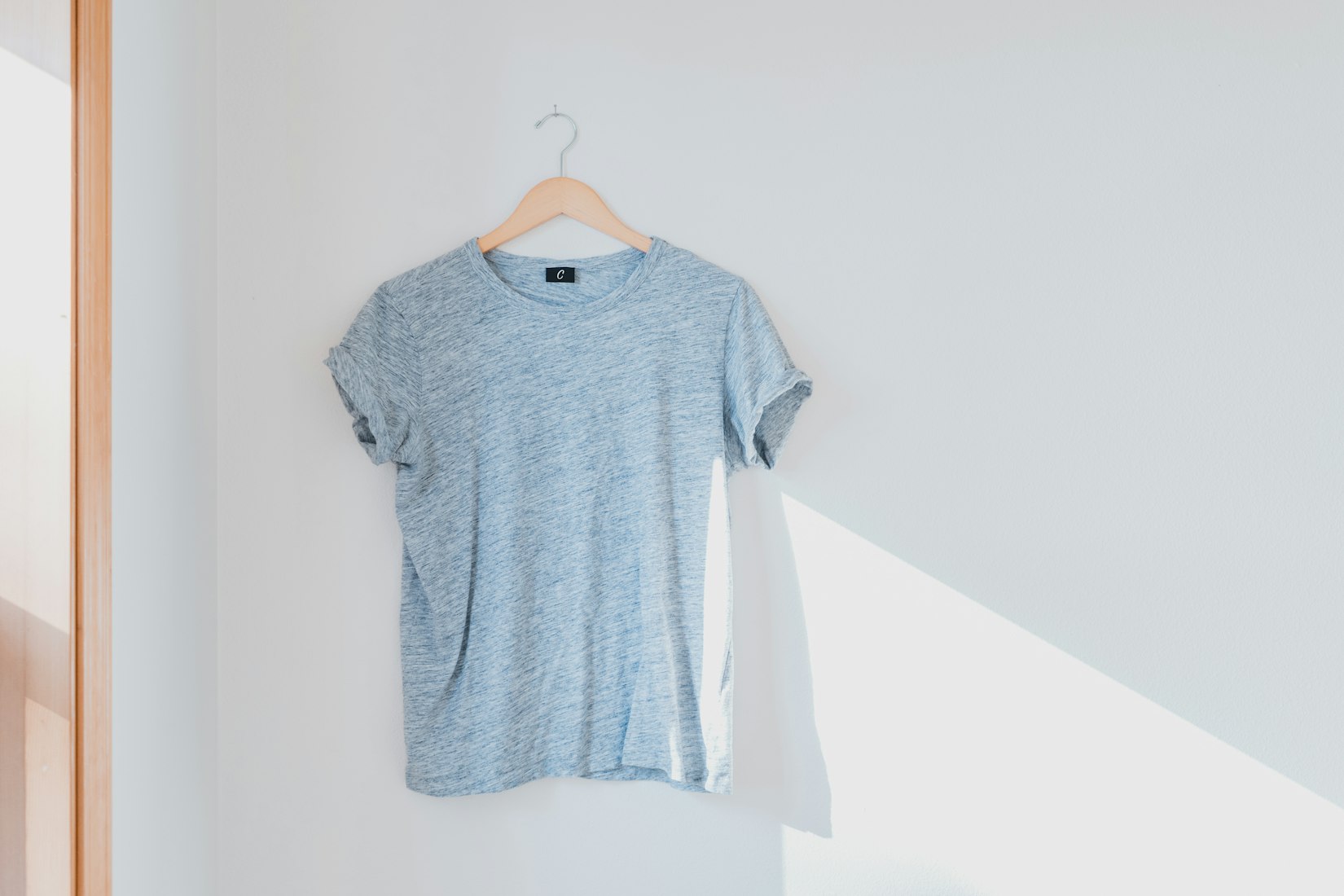
 English
English Arab
Arab
